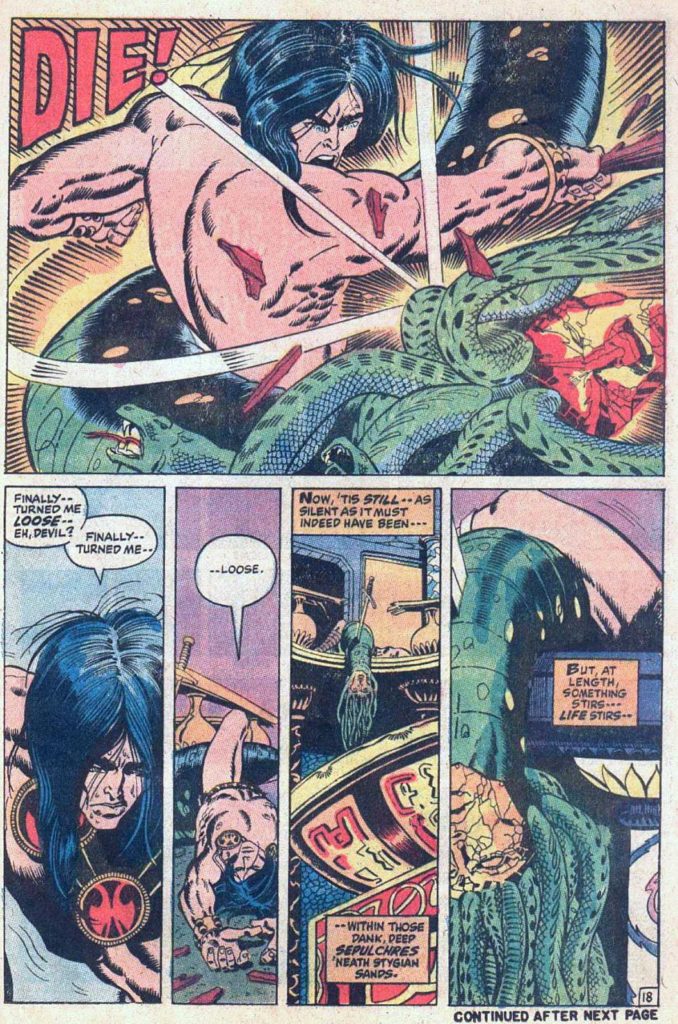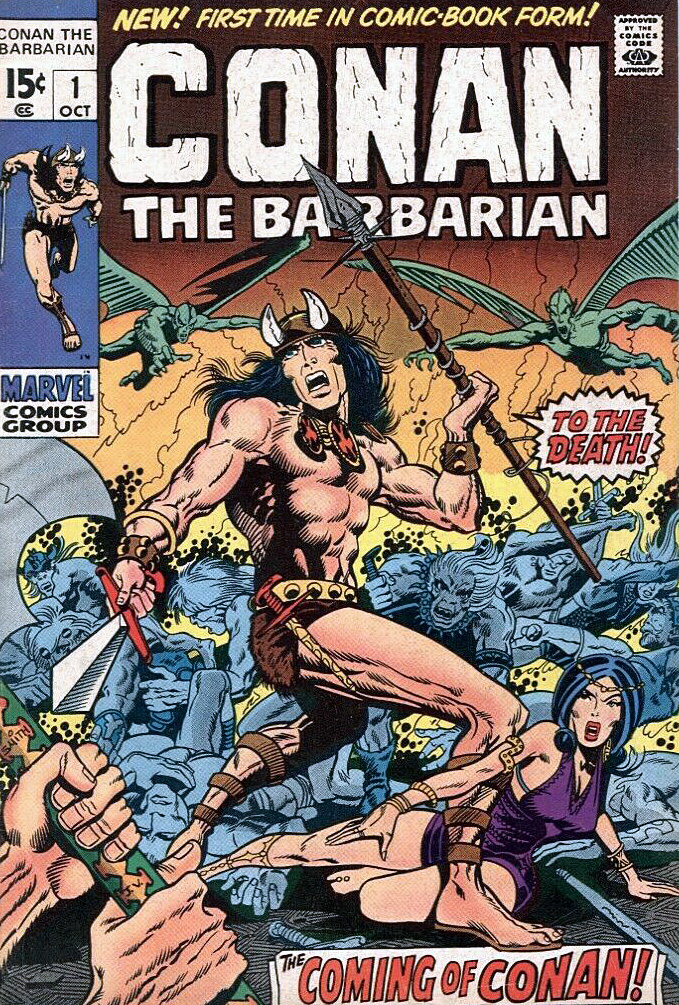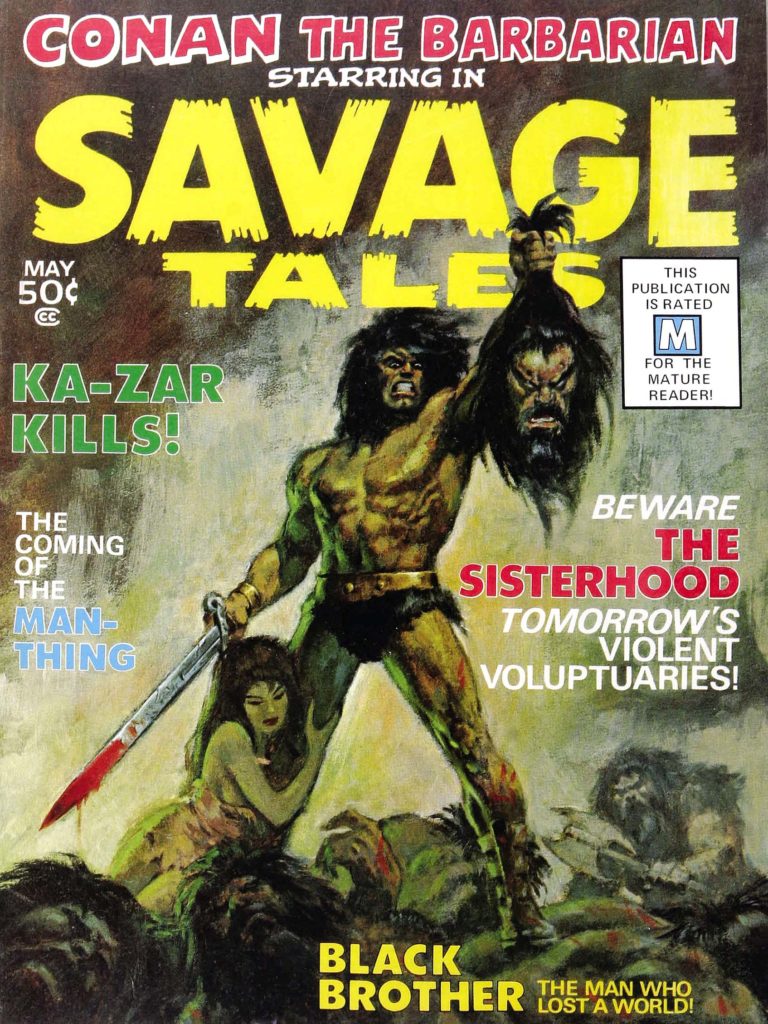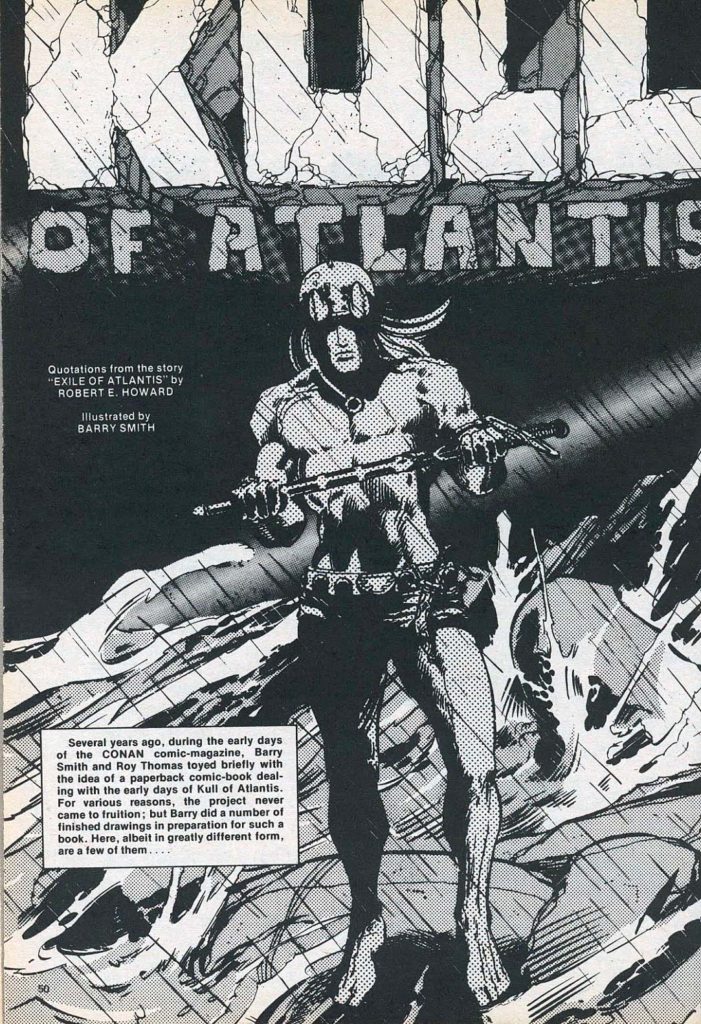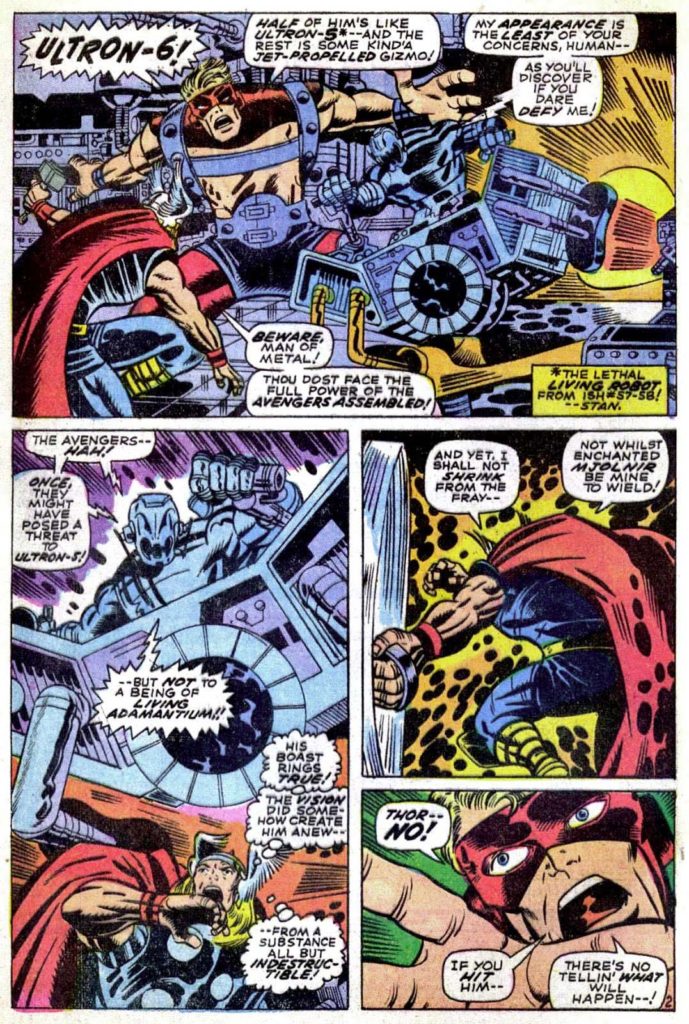Sean Chen — Savage Team-Up
Red Sonja Conan #1, July 2015
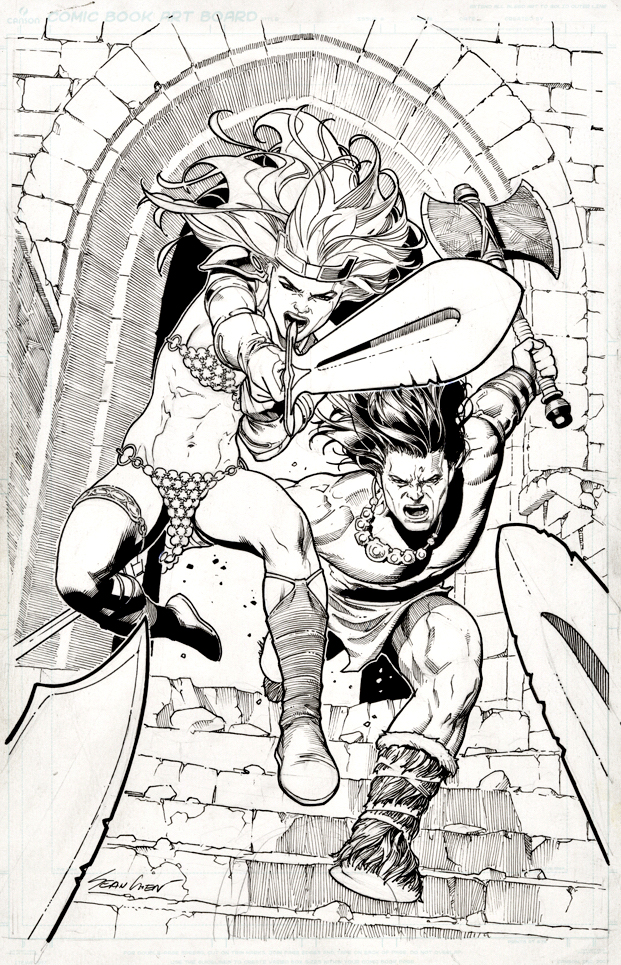
Red Sonja and Conan together again, as they say, on this great cover by my pal, the very talented Sean Chen.
That’s it. That’s the post.
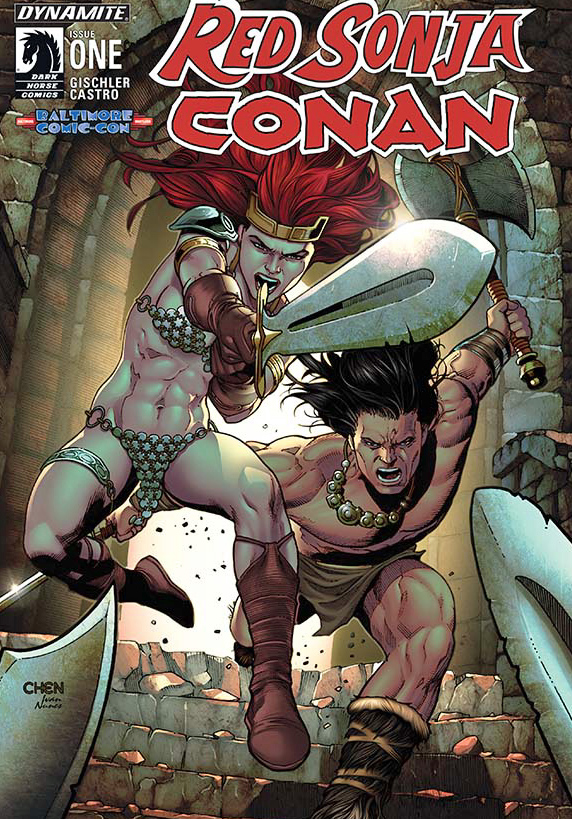
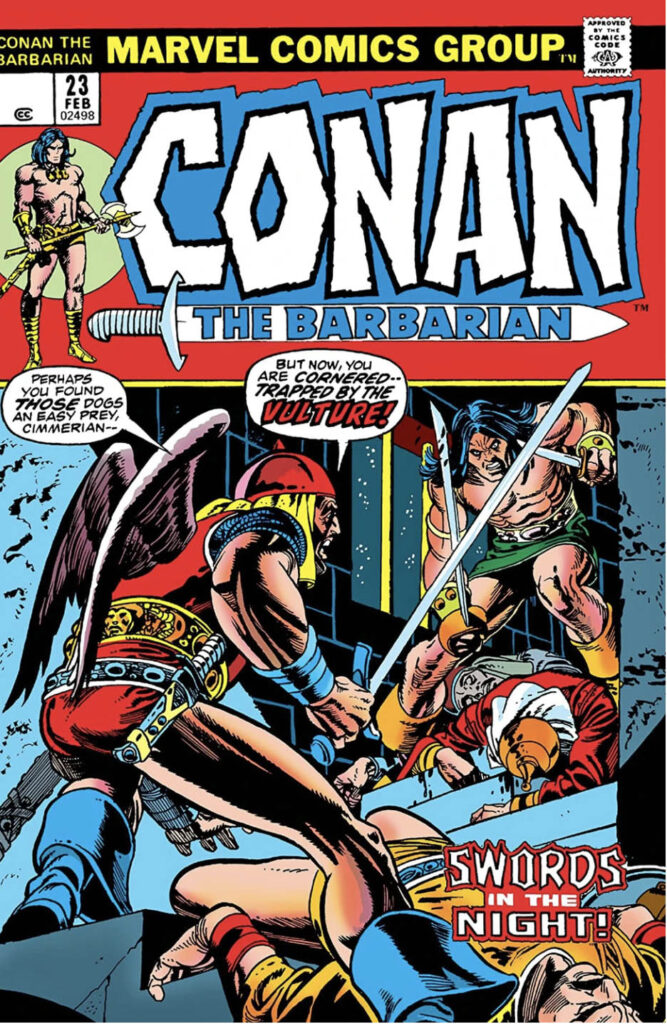

Greg Goldstein's Comic Art Gallery
Panels and Pages… Art and Artists… Creators and Conventions… Musings and Memories…
Red Sonja Conan #1, July 2015

Red Sonja and Conan together again, as they say, on this great cover by my pal, the very talented Sean Chen.
That’s it. That’s the post.



Daredevil #217, April 1984
55 years ago, Wallace Wood emphasized the “devil” in Daredevil with a dramatic costume change for the character in issue #7. The series, which had floundered early on, started to gain some traction with Woody’s work just a few issues prior. Issue #7, featuring Daredevil hopelessly outmatched by the Sub-Mariner, is considered a silver-age classic.
Our next three posts celebrate this anniversary with a look at the “modern” man without fear.
I love classic film noir. Dark streets, shady characters, two-faced femme fatales, dimly lit apartments, et al. All great.
At one point, there was not a sign of comic art in my office — just classic noir posters.
So it’s no surprise that that some of my favorite takes on Daredevil are those same noir tropes applied to comics by outstanding storytellers like David Mazzucchelli.
And great pages like this one, featuring Daredevil in every panel, playing the (blind, but super-powered) detective. Mazzucchelli’s use of cinematic camera angles and shadows and light creates a deeply moody page, especially when seen in its original form.
Mazzucchelli keeps nearly all of his original art, and he both penciled and inked this page, so it’s a fantastic rarity as well. Only a handful of Daredevil pages that he is fully responsible for have appeared for sale on the secondary market.
Savage Sword Of Conan #63, April 1981

Conan celebrates its 50th anniversary in comics this year, and we continue to celebrate the anniversary with our second of three Conan-themed posts this week.
“This guy used to eat, sleep and breathe drawing. It didn’t matter what was going on around him. He would get bored with it and start sketching. … He just couldn’t stop drawing. [His back-of-board sketches were] better than some of the stuff that he did on the front. … He’d get a spark of inspiration and turn the page over and draw whatever was in his skull.” — Sal Buscema, speaking about his late brother John.
Roy Thomas had wanted John Buscema to draw Conan.
Roy knew that John’s artistic style and storytelling skills (and interests) could perhaps best capture the Conan character —- and most remind readers of the amazing eight Frank Frazetta covers that graced the Lancer paperbacks of the last few years. Those images had helped Conan rapidly turn into a phenomenon among fantasy readers.
But budgetary concerns forced Thomas to work with the mostly unknown Barry Windsor Smith, and a different kind of Conan developed. Younger, sleeker, a bit more handsome. And after a slow start, (it was nearly cancelled after issue #7) the book caught fire, and inspired a sword and sorcery age in comic books.
But Smith, frustrated by the deadlines of the comics periodical business, ultimately left Conan.
And so fate called again, and Roy got what he wanted the second time around.
Under Buscema’s pencils, the burly, muscular, often-raging Conan ultimately epitomized by Arnold Schwarzenegger, emerged. This was an older Conan with more experience (and world weariness) under his belt.
Buscema has rightfully become identified with the character, rendering more than 100 stories each for both the Conan comic book and the more “mature” Savage Sword of Conan magazine.
I’ve owned and traded many Buscema Conan pages over the years, and this splash remains one of my favorites. After a long fought series of adventures and battles, Conan is taking a break, and celebrating his victory.
Nothing wrong with that.
The story itself is an odd one. Michael Fleisher is the scribe, having come on board a just a few months earlier after Roy Thomas bolted for DC. Given the varying art styles of the story, the story length (46 pages) and the multiple inkers (Ernie Chan, Tom Palmer and Bob McLeod are all credited) it’s entirely possible it was originally destined to be a shorter story, and fleshed out when something else fell through.
If so, it’s a feat that John Buscema could pull off — while most others couldn’t even attempt it.
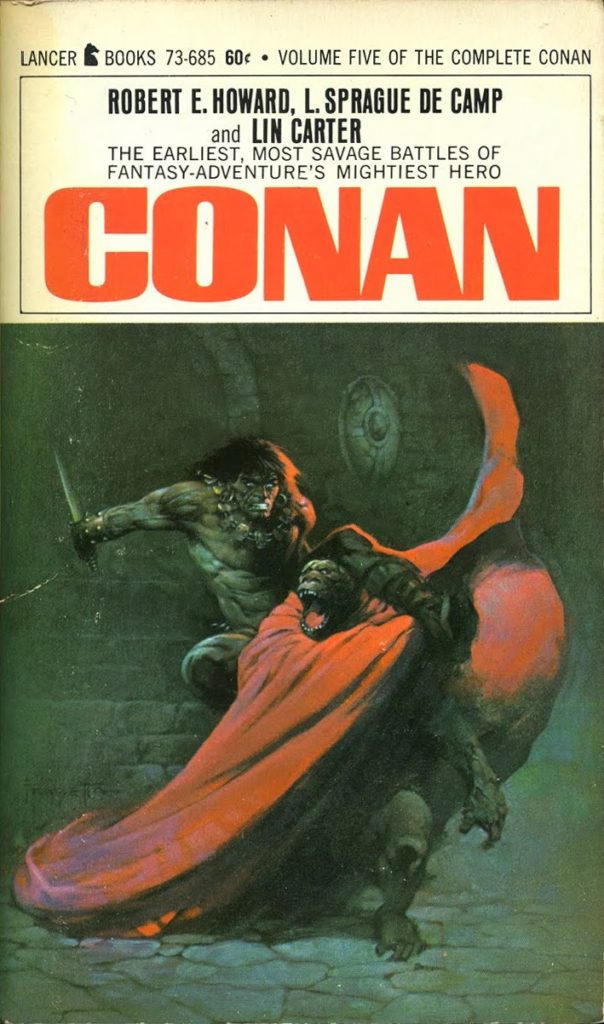

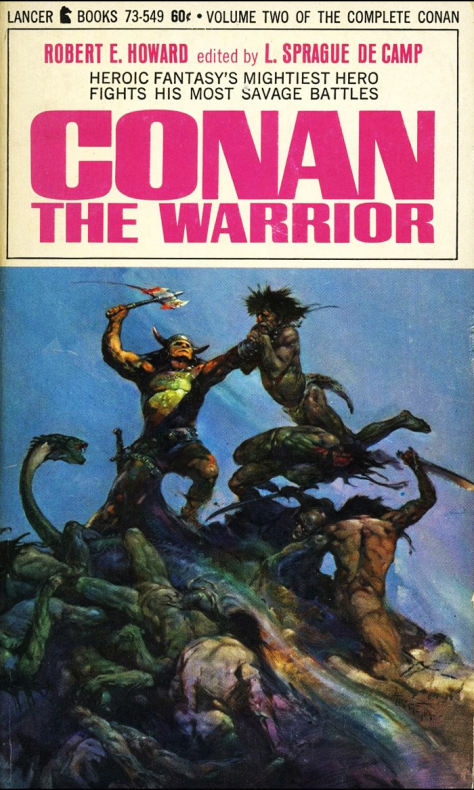

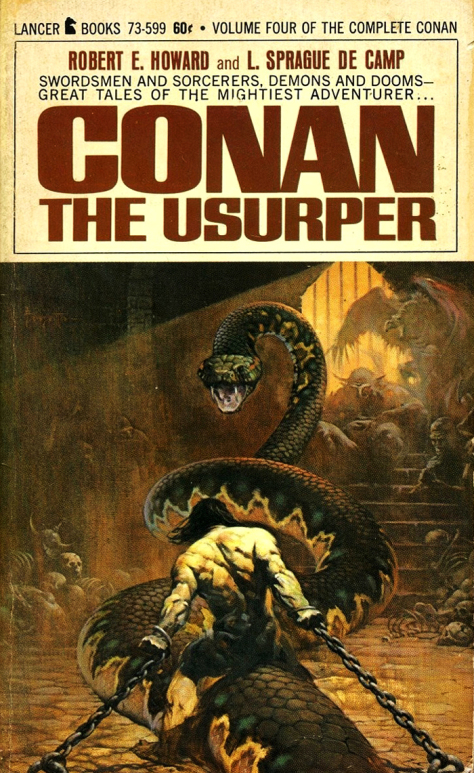
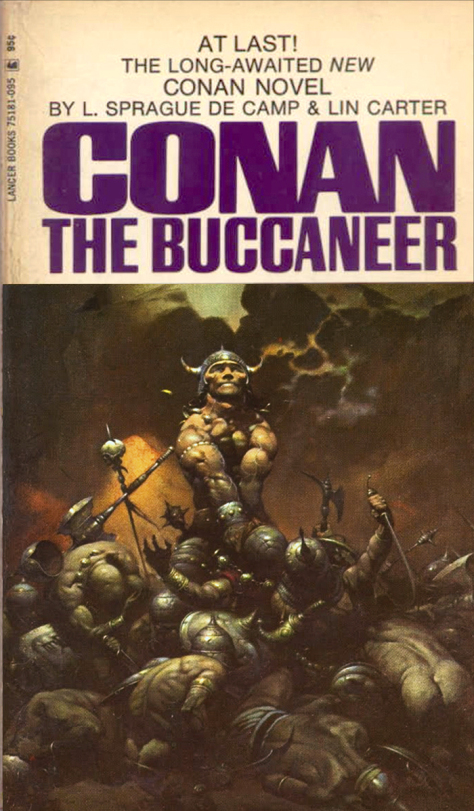
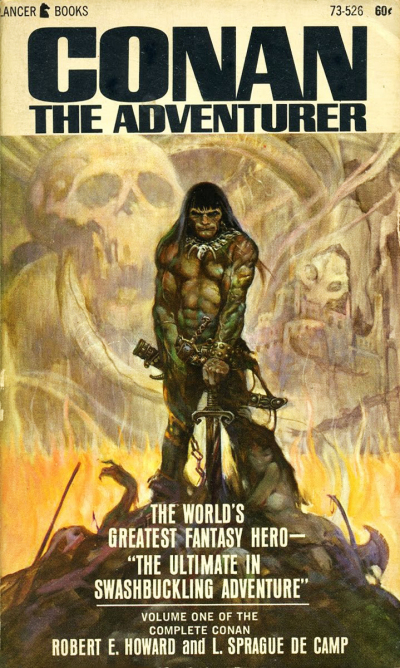

Conan # 7, July 1971

Conan celebrates its 50th anniversary in comics this year, and we celebrate the anniversary with three Conan-themed posts this week.
Barry Winsdor-Smith was not the first choice to draw Conan. Legend has it that Roy Thomas knew that John Buscema was the idea artist for the job. But Publisher Martin Goodman nixed the idea, citing budget and schedule, and told Stan/Roy to find someone less expensive.
The solution? The young British-born Smith, who had been a fill-in artist on a handful of super-hero titles with an unmistakable Kirby influenced style, and who was both cheap — and available.
And so Barry drew Conan for 21 of the first 24 issues — and the comic book world promptly grew up.
Smith, one of the many “young guns” of similar age, and breaking in at around the same time, (Chaykin, Kaluta, Simonson, Wrightson among the many others) ultimately developed an inimitable style. Yes the Kirby influence was there, especially early on. But so is Steranko. And Alphonse Mucha, the best-known stylist of the Art Nouveau period (late 19th – early 20th century), provides much of the inspiration for the intricate designs and beautiful women that populate those early Conan stories.
Smith’s run on Conan is unlike any other in professional comics at that time. And Baby Boomers, who had grown up on the simple stories of DC, and had segued into the cosmic soap operas of Stan and Jack, were primed for these comics. The Boomers were growing older, and now, the comics were growing up with them.
Smith’s style developed rapidly over his three year run on Conan, culminating in the extraordinary “Red Nails” that first appeared in 1973/1974 in Savage Tales. And of course, the work was always best when Smith was inking himself, but both Sal Buscema and Dan Adkins did excellent work, and interestingly, both are credited on this issue. Sal is credited on this specific page, but without all 20 original pages together, it’s difficult to tell.
Either way, it’s a stunning page, and only a small harbinger of things to come.

